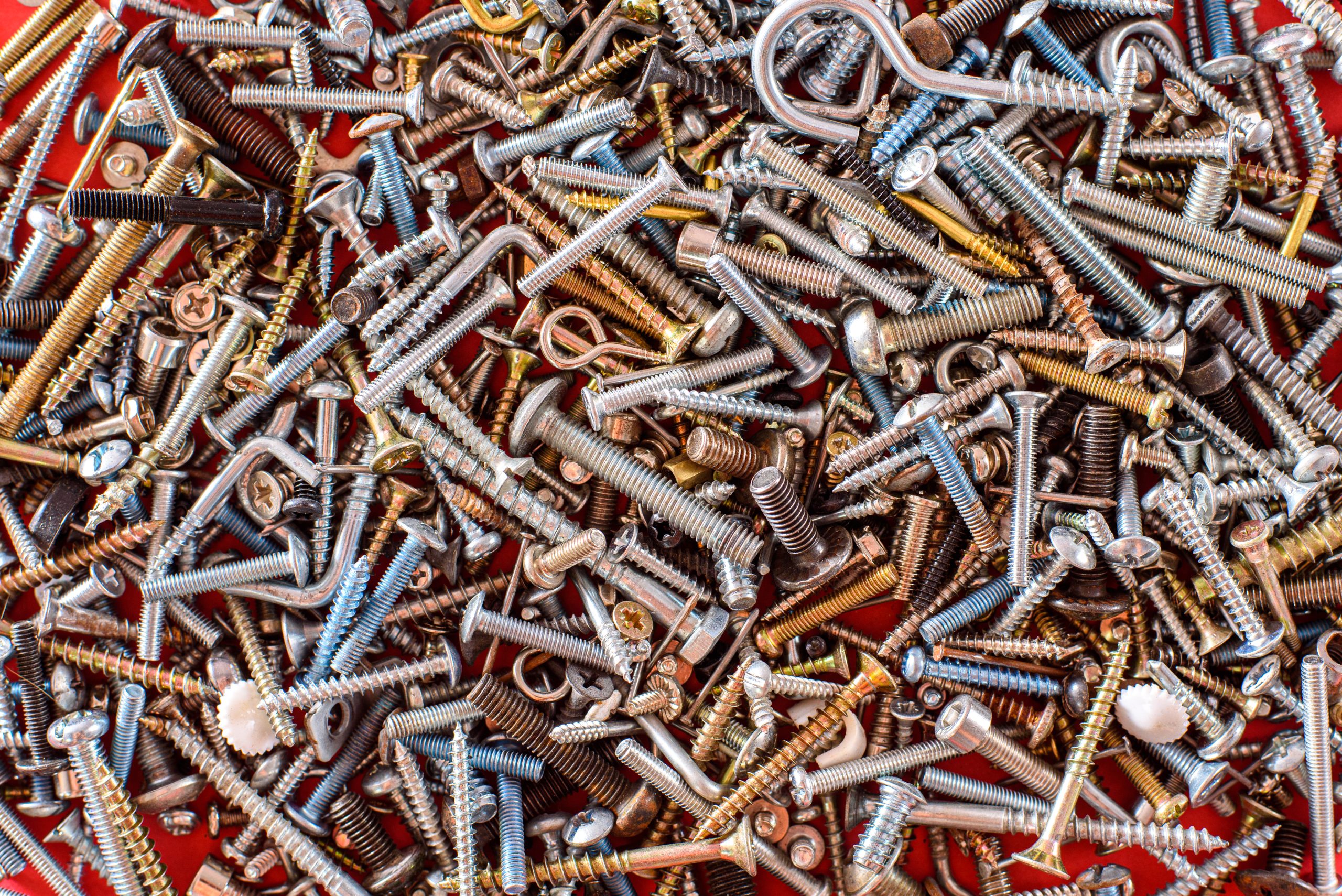
 Stainless steel fasteners are an excellent choice of fasteners in a wide range of applications because they have an excellent life cycle, are environmentally friendly, resistant to temperature extremes, and are 100 percent recyclable. They are also one of the most popular categories of fasteners because they are corrosion resistant. But what you don’t know about stainless steel fasteners may surprise you.
Stainless steel fasteners are an excellent choice of fasteners in a wide range of applications because they have an excellent life cycle, are environmentally friendly, resistant to temperature extremes, and are 100 percent recyclable. They are also one of the most popular categories of fasteners because they are corrosion resistant. But what you don’t know about stainless steel fasteners may surprise you.
Here are three things you never knew about stainless steel fasteners – but probably should:
- Stainless steel fasteners can corrode
Stainless steel is corrosion-resistant but not corrosion-proof — corrosion can occur if the material is installed or handled incorrectly. The corrosion may be limited to just visual damage or could be as serious as functional loss of the alloy material through pitting or crevice corrosion.
Corrosion can be the result of various factors but typically it is caused by a lack of available oxygen which prevents the formation of the natural and self-repairing barrier of chromium-oxide on the surface of stainless steel material. The use of tools and drills made from conventional steel during the installation of stainless steel fasteners may also lead to problems. Even the hardest of tools can produce debris that leaves minute steel particles on the stainless steel fastener surfaces or in pre-drilled holes. It’s these particles that often rust when exposed to moisture or oxygen and can result in a stained or tarnished finish to the stainless steel material.
- Not all stainless steel fasteners are non-magnetic
Each stainless steel alloy shows different magnetic characteristics. It’s common for stainless steel fasteners to show a small degree of magnetism which is a result of work-hardening during the manufacturing process. Only 304, 316, and 316L stainless steel are largely non-magnetic. All other stainless steel alloys are magnetic to some degree.
- The surface of stainless steel can repair itself
Passivation is the removal of iron particles from the surface of stainless steel. The removal of iron particles facilitates the interaction of the chromium in the steel with oxygen which produces the formation of the passive chromium-oxide film layer. This thin and invisible layer protects material from further corrosion by its ability to self-repair. If the material is scratched and the passive film disrupted, more oxide will form and cover the exposed surface. For deep scratches, material can be manually passivated again.


